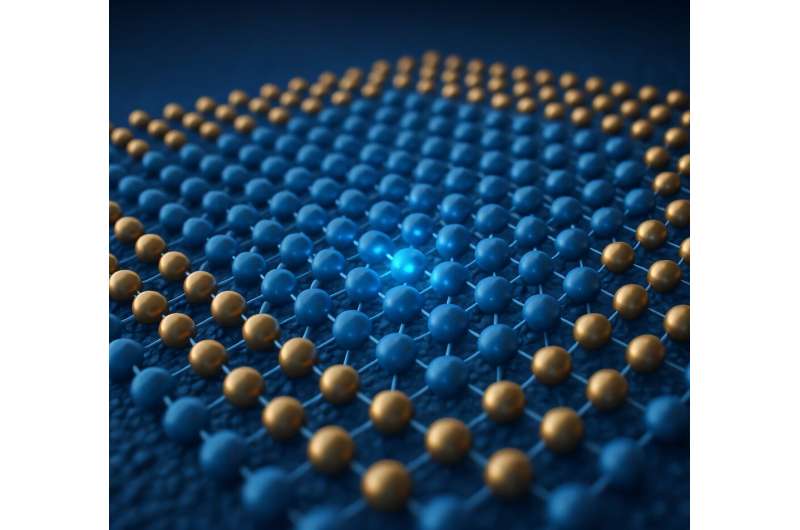In the fascinating world of superconductivity, a breakthrough is on the horizon! Researchers have recently unraveled the secrets behind how electric fields can inhibit superconductivity in thin metallic films. This discovery not only deepens our understanding of quantum phenomena but also paves the way for next-generation electronics and computing. Let’s dive into this exciting journey of scientific exploration!

Transistors are the unsung heroes of our digital lives. Widely regarded as the backbone of microchips, they were developed by John Bardeen and Walter Brattain in 1947 and continue to be a cornerstone of modern electronics. These incredible devices use electric fields to control the flow of electric current—something that requires the unique properties of semiconductors. Unlike metals, semiconductors possess an energy band gap that makes it trickier for electrons to move freely. This unique feature allows them to amplify signals and function in a myriad of electronic applications.
An important process called “doping” enhances this behavior, introducing additional charge carriers that allow for current flow under an electric field. The contrast with metals is stark: metals have so many free electrons that they quickly redistribute, canceling out any external fields, which makes them unsuitable as traditional transistors.
But hope is on the horizon! Recent developments suggest that ultrathin superconducting metals might hold the key to next-generation transistors. These materials, when cooled to extremely low temperatures, exhibit zero resistance to electric current. This miraculous behavior occurs due to the formation of Cooper pairs—pairs of electrons that stick together snugly, becoming part of a coherent quantum state that remains unaffected by scattering or energy loss.
Researchers have long known that applying a strong electric field to these films could suppress superconducting currents, but the underlying mechanisms have been elusive. That’s where the story takes a fascinating turn! One researcher dedicated to cracking this puzzle embarked on a journey to investigate the relationships between quantum confinement, electric fields, and superconductivity.
One significant insight is that the thin film must be just that—thin enough so that the electric field can effectively reach its interior. For instance, niobium nitride films, with thicknesses typically around 10 to 30 nanometers, allow the electric field to penetrate deep enough to disrupt the Cooper pairs. This penetration is crucial; otherwise, the electric field’s effectiveness diminishes rapidly.
The research team employed advanced computational techniques, particularly Eliashberg theory, to explore the interplay between the electric field and Cooper pairs. This sophisticated model allowed them to determine the precise electric field strength required to suppress superconductivity in thin films. Remarkably, they found that this threshold stands around one hundred million volts per meter—aligning perfectly with experimental observations.
This groundbreaking work, recently published in the journal Physical Review B, not only sheds light on the intricacies of superconductivity but also opens the door for developing advanced materials for quantum computing and microelectronics. Imagine the future possibilities where these insights could fuel innovations and elevate technology beyond our wildest dreams!
This story is part of Science X Dialog, showcasing researchers reporting findings from their published work. Explore more about how to participate and contribute to scientific discussions!
More information:
Alessio Zaccone et al, Microscopic mechanism of electric-field-induced superconductivity suppression in metallic thin films, Physical Review B (2025). DOI: 10.1103/PhysRevB.111.174528
If you would like to see similar science posts like this, click here & share this article with your friends!

